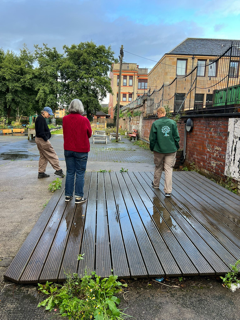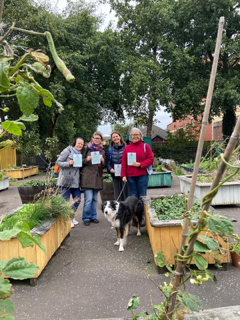To prepare for our involvement in the Sustainable Designs for Living and Learning project, members of the research team, Dr Lavinia Hirsu and Dr Dobrochna Futro (University of Glasgow), Karen Faulds (SCILT) and Jane Catlin (University of Strathclyde), began our permaculture journey in April, undertaking a Permaculture Design course (PDC) with the Permaculture Association. This involved engaging in a series of self-study modules, joining regular online Zoom workshops and attending six in-person practical permaculture sessions in various venues across Glasgow. The Permaculture Design Course was expertly led by Lusi Alderslowe, and we thank her for her commitment, continued support and guidance. We completed the PDC course in October, following a 6-month period of intensive learning. You can read more about our journey below.
April: The Concrete Garden, Possilpark, Glasgow
This was our first site visit where we got the opportunity to meet our peer group and fellow PDC course participants. On this day we learned about zoning in permaculture, companion planting, composting (hot and cold), plant splitting, seed planting and taking cuttings from trees. We planted coriander seeds to take away and watched them grow and flourish at home! The plants that we split have since been transferred to the ground and into pots and we can report that our lemon balm is thriving!
Find out more about The Concrete Garden
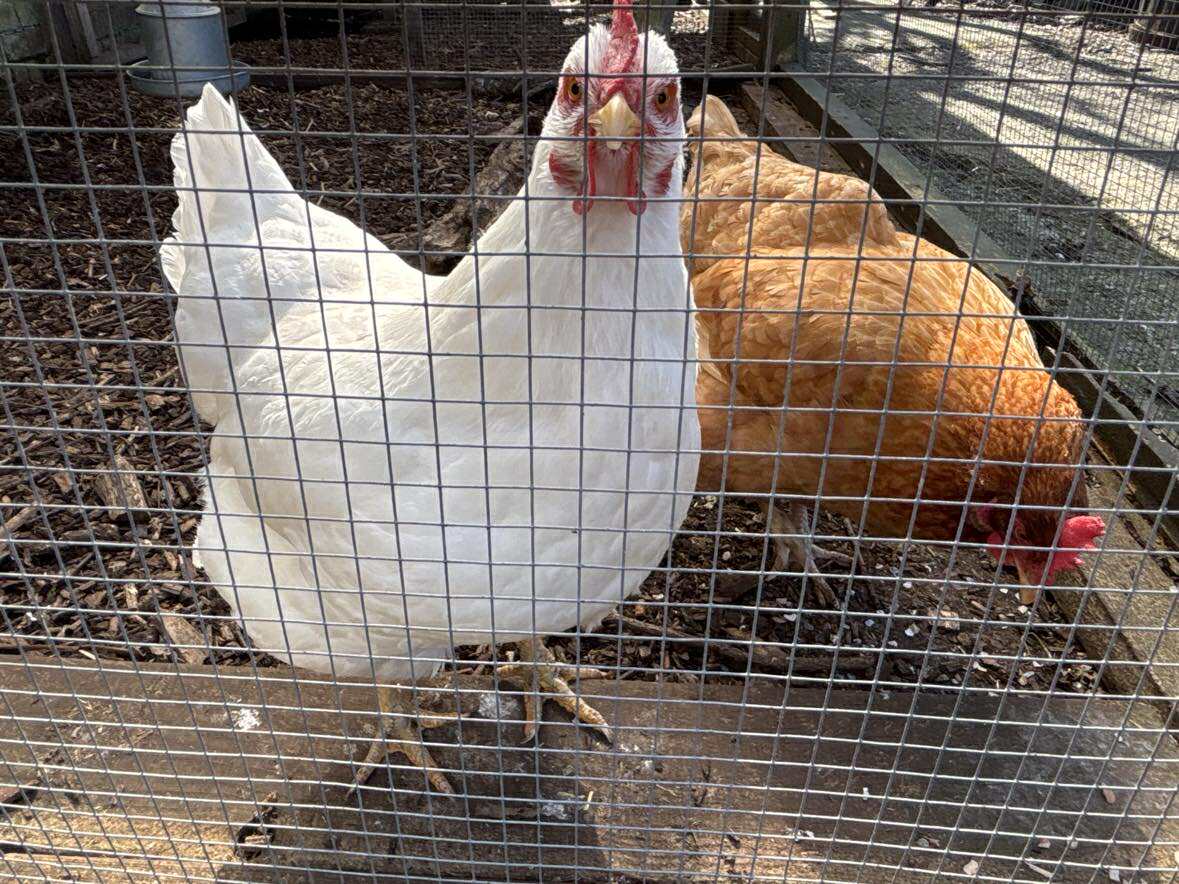

May: Incredible Edible, Neilston, Renfrewshire
This is actually an incredible community space which even has its own community composting equipment! We toured the site, all well sign-posted such as the pollinator sign to show how the community area is encouraging and promoting biodiversity in their space. We honed our map-reading skills and visited the community shop/larder which shares excess produce, among other things, grown and shared within the local community. The catch and store image highlights the Permaculture Principle: Catch and Store energy. This principle deals with the capture and storage of energy, within the environment, buildings and even society. You can see from the pic how a volunteer has created a visual and if I remember correctly, there is guttering and a water butt just next to the image gathering rainwater.
Find out more about Incredible Edible

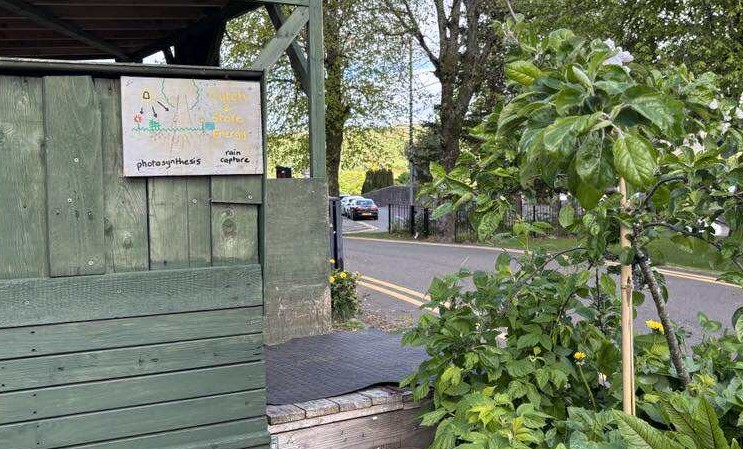
July: The Wash House Garden, Tollcross Road, Glasgow
It was a scorcher of day mid-July when we visited here! So much so the ice-lollies were melting in the ice box! Here we saw grapes growing in a polytunnel in the East End of Glasgow, near to where the Parkhead washhouse used to be. Who would’ve thought that was possible with our climate! On this field visit, we learned about soil recognition/composition, food forests, harvesting and seed planting.
Find out more about The Wash House Garden
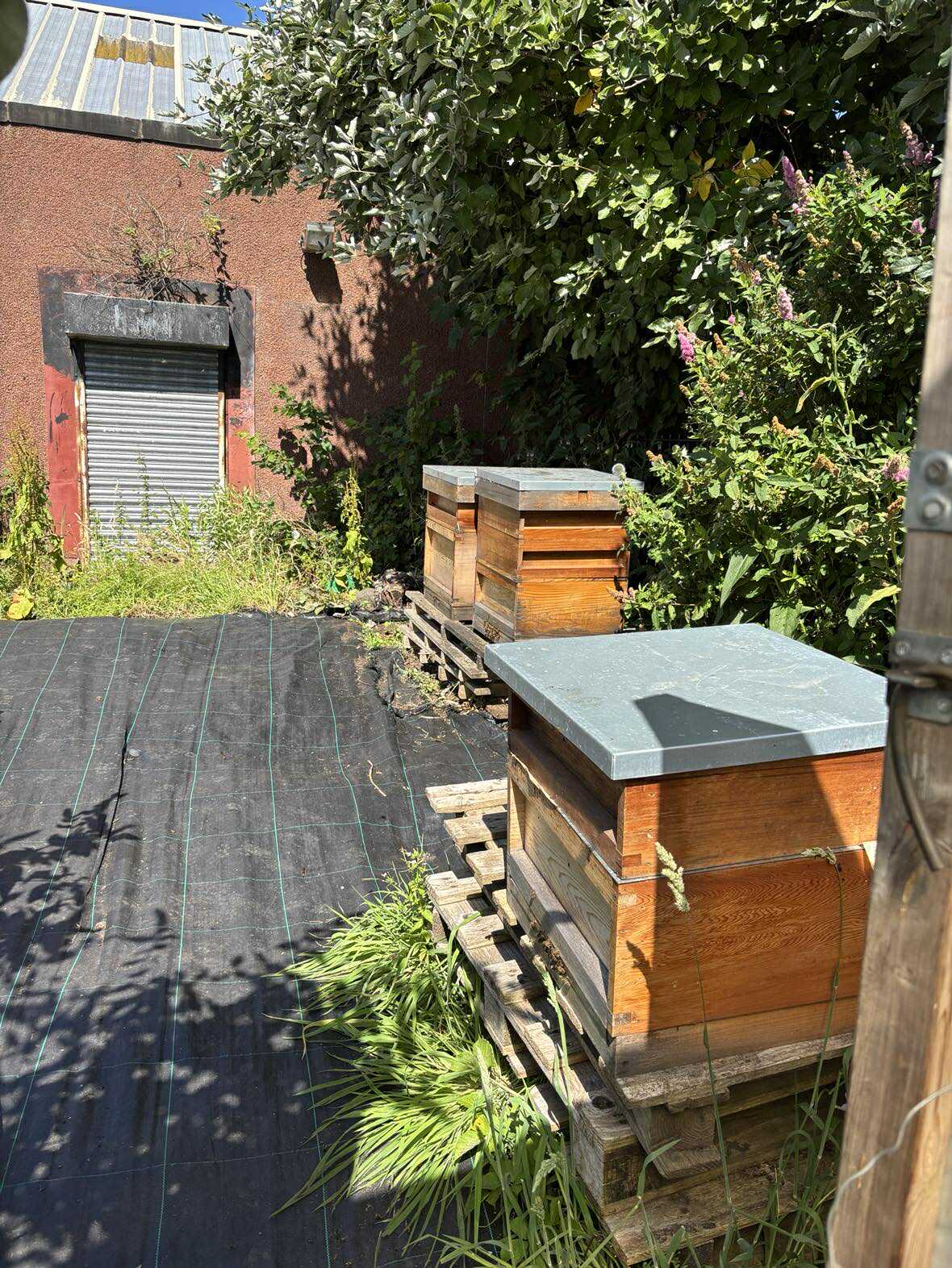
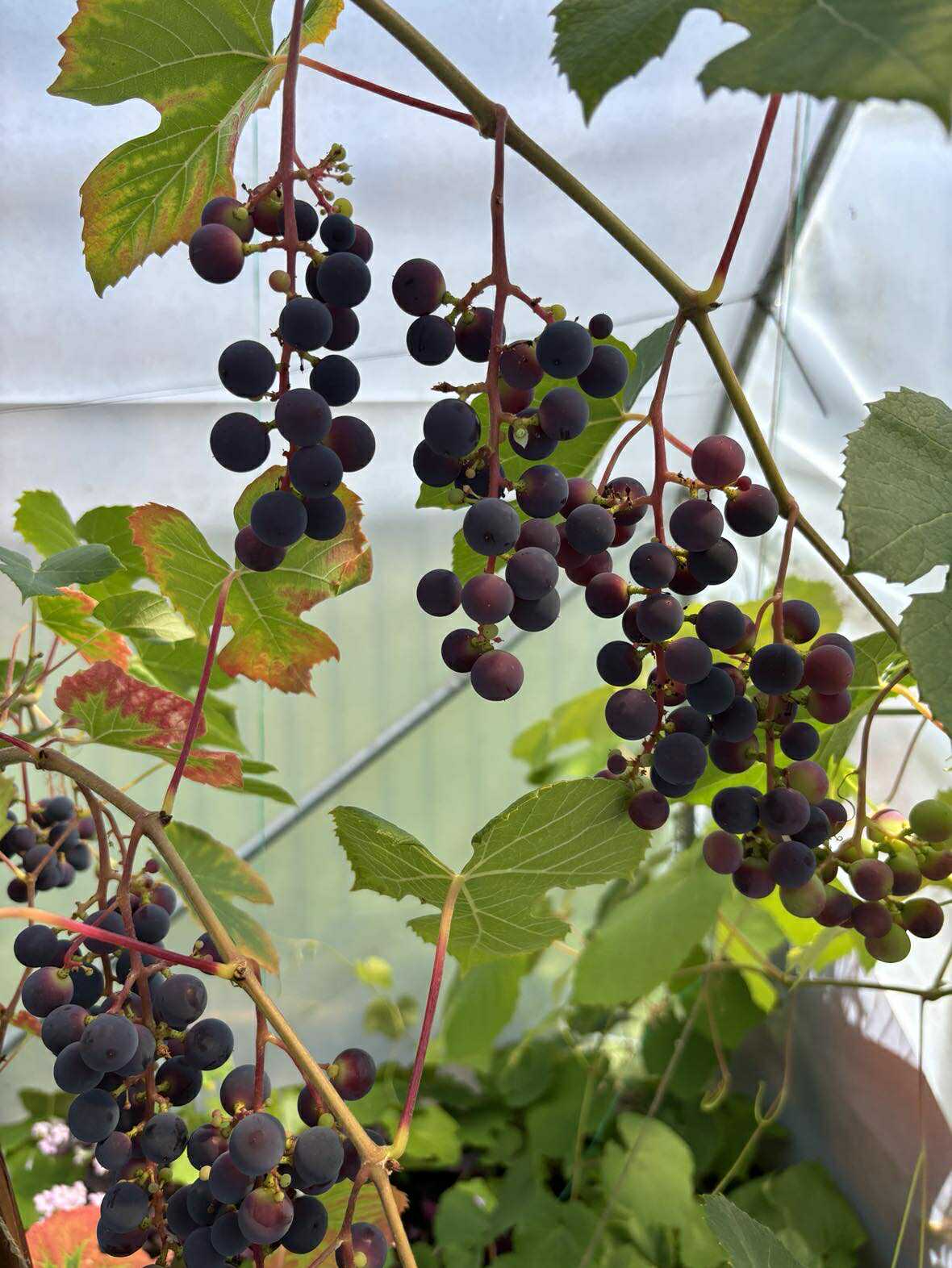
August: Alexandra Park Food Forest, Glasgow
On this late summer day in August, we had a tour of the Alexandra Park food forest with Louise King. We also got a tour of the continuous flow wormery, did some practical work on seed saving and explored the kitchen garden, including the contents of the polytunnel. Amazing produce being grown in here, including rare tomatoes native to North America! We engaged in practical activities with Sukhema who led a session on Work that Reconnects . This related to the personal and social permaculture part of the PDC curriculum and certainly gave much food for thought overall.
Find out more about Alexandra Park Food Forest
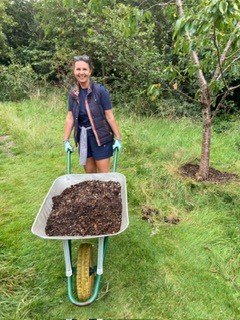

September & October: Kinning Park Complex, Glasgow
Kinning Park Complex (KPC) was the final location at which we would have the opportunity to apply our permaculture knowledge and design tools into creating a design for the outdoor space of this complex. In groups, we each had a design brief to work on, and these included: a) a full site design, b) a warm space design and c) a water harvesting design, based on the needs of the client. During September we worked in groups to create our designs and in October, we shared them with our peers. What a wonderful occasion that was, sharing our learning with each other in such a meaningful and engaging way. The course concluded with a fun and joyful certificate award ceremony which was akin to Strip the Willow in format! Much joy and celebration were had by all! Going forward, we hope to spread the seeds of permaculture where and whenever we can, ensuring it continues to inspire and inform our ongoing explorations of languages and permaculture in the months ahead. In relation to the SDLL project, teachers and artists will now participate in an abridged version of the Permaculture Design Course which will involve inputs from Permaculture Association and self-study modules. The research team, along with the artists have started working with teachers and learners across our 3 schools. We will share updates in our November blog so keep an eye out for that.
Find out more about the Kinning Park Complex

